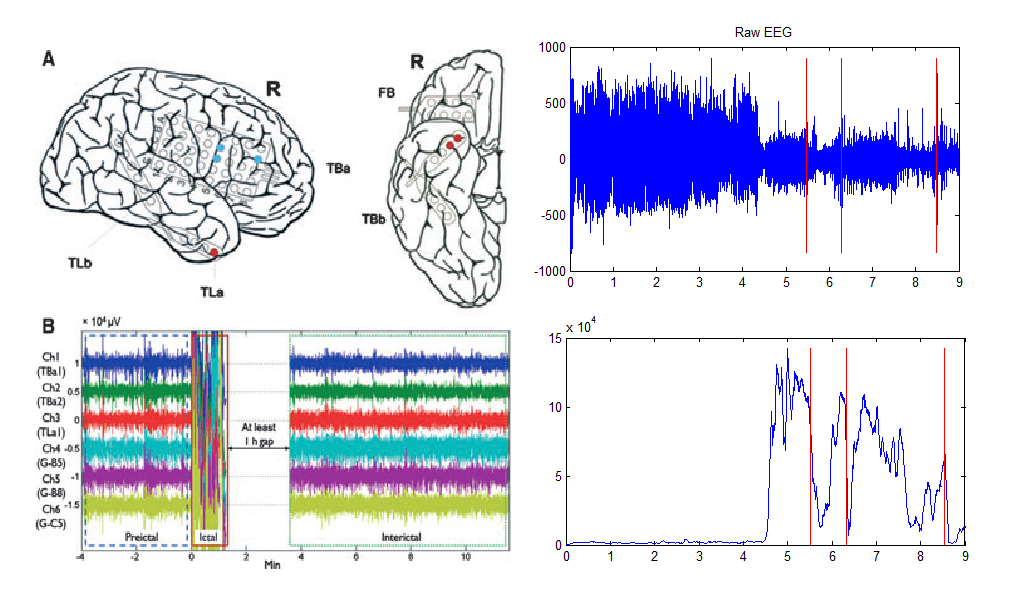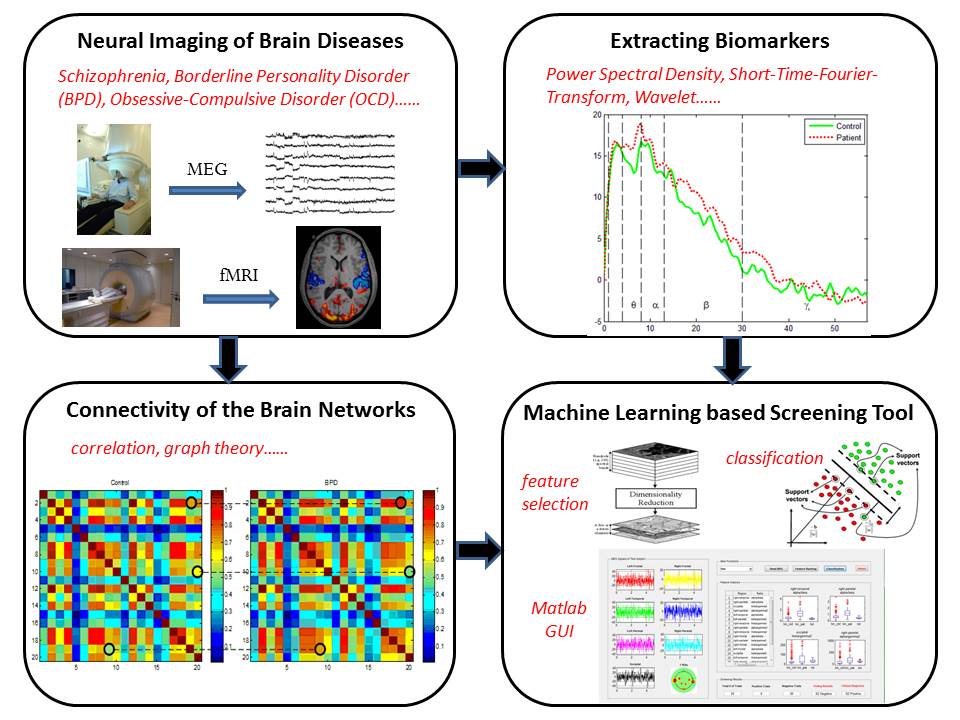Research Interests of Prof. Keshab K. Parhi
VLSI Architectures for Artificial Intelligence and Machine Learning (AI/ML)
Research is directed towards low-energy architectures for artificial intelligence and machine learning (AI/ML) systems, for both inference and training. The AI accelerator architectures are based on systolic or vector processing architectures that exploit variable reuse to reduce memory access. Recent work on training AI systems are based on approaches such as gradient interleaving (InterGrad, IEEE TCAS1,May 2023), and LayerPipe (ICCAD 2021). Other topics include graph neural networks (IEEE TCAD 2023) and spiking neural networks (IEEE ISCAS 2023).
VLSI Architectures for Lattice PQC, Homomorphic Encryption, and Block Chain
Research is directed towards energy-efficient low-latency hardware architectures for post-quantum cryptography (PQC) and homomorphic encryption. Architectures are based novel number theoretic transforms (NTT) and use of parallel structures. Examples of PQC schemes include Saber and Kyber. Examples of homomorphic encryption include BFV, BGV and CKKS. Architectures for secure neural networks is of interest. Some publications include IEEE Trans. Computers (2023) and preprints on NTT.
Brain Networks, AI/ML and Neuropsychiatric Disorders
Research is directed towards understanding network of the healthy brain as well as brain connectivity differences among populations with specific neuropsychiatric disorders. Our Lab has proposed effective measures of constructing brain networks using the FDCCM causality approach (IEEE TBME, August 2023). Other approaches include use of graph entropy (Scientific Reports, 2019). Various centrality measures are derived from the networks and used as biomarkers for prediction of the neuropsychiatric disorders using AI/ML (see below). Recent work has addressed brain connectivity differences for working memory tasks among subjects with pFC lesions and healthy controls (see IEEE NER 2023).
Seizure Prediction and Detection from EEG

Epilepsy is the second most common neurological disorder, which affects 0.6 to 0.8% of people in the world. Approximately 75% of the patients with epilepsy achieve partial or sufficient control over seizures from medication or resective surgery. However, for the remaining 25% of the patients, no treatment is currently available. If there is a way to predict occurrence of a seizure, it could sufficiently enhance the therapeutic possibilities, leading to a better quality of life of the patients.
The general goal of this project is to propose a patient-specific algorithm, which can predict occurrences of an epileptic seizure in advance. Specifically, this project intends to develop an algorithm to classify EEG (electroencephalogram) signals before a seizure onset from those during ordinary conditions with high sensitivity and a low rate of false positive. The focus is on seizure prediction on long-term data (one to two week recordings). See papers published in Epilepsia 2011 and IEEE TBioCAS 2016.
In addition to predicting seizures, we are also working on design of classifiers for seizure detection. There is interest in understanding brain connectivity differences during ictal, preictal, and interictal. Another interest is on seizure onset zone identification.
This work is currently pursued in collaboration with Dr. Thomas Henry, MD, of Neurology.
Mental Disorders Discovery: Biomarkers and Brain Connectivity

The goal of the this research is to extract signal processing based features from magnetoencephalograms (MEG), functional magnetic resonance imaging (fMRI), and diffusion MRI (dMRI) to identify mental disorders such as schizophrenia, borderline personality disorder (BPD), major depressive disorder (MDD), and obsessive compulsive disorder (OCD). Various classifiers are used to identify biomarkers. We are very interested in understanding the changes in brain connectivity associated with these disorders. See several papers published in NeuroImage: Clinical, TNSRE and JBHI. These research topics are carried out in collaboration with various faculty members in the Psychiatry department in Medical School at the University of Minnesota. In particular, our research efforts on BPD and MDD are carried out in collaboration with Dr. Kathryn Cullen, MD. For OCD, we collaborate with Dr. Gail Bernstein of the Psychiatry department.
Molecular Signal Processing/DNA Computing

Current research is directed towards synthesis of DNA strand displacement reactions for artificial intelligence systems including neural networks and reservoir computing (both static and dynamic). Of particular interest is the use of DNA memristors in synthesizing static and dynamic reservoir computing systems. See papers published in ACS Synthetic Biology and IEEE TBioCAS.